Easter Wonders. Aka What's for Dinner Tonight?
According to the Church, Easter is the most important festivity for a Christian. The celebration of the Resurrection of the Christ involves a number of symbolic rituals, and requires an absolute commitment starting on Holy Thursday.
However, going to church, attending masses, and doing adorations is only a part of what this festivity means to us Italian-American people. Besides the nourishment of the soul, in fact, there is the one of the stomach!
The feast of Maundy (or Holy) Thursday solemnly commemorates the institution of the Eucharist and is the oldest of the observances peculiar to Holy Week. If Holy Thursday was taken up with a succession of ceremonies of a joyful character (the baptism of neophytes, the reconciliation of penitents, the consecration of the holy oils, the washing of the feet, and commemoration of the Blessed Eucharist), in Italy it is characterized by the first festive meal of the week. More specifically, in Southern Italy people enjoy a fish dinner, in most cases the zuppa di cozze. a bowl of mussels and dry bread called fresella.
After a whole day of penitence and fasting on Good Friday, people get ready start preparing Easter traditional dishes, that generally require a whole lot of work and dedication.
In Naples, the city where I come from, housewives and mothers of family generally take advantage of Good Friday, the only day of the year when they do not have the cook, to open the fridge, start the stove, and get ready to begin the long culinary process that leads to the final result of PASTIERA, the traditional local Easter cake.
There are different stories about the origins of the Pastiera Napoletana. Some people say that this cake (or maybe I should call it "pie") derives from the pagan spring ritual of the eggs, long before the birth of Christ. Another story tells of how this pie was part of the ritual breads widely used during the period of Constantine by the Christians hidden in the catacombs.
But the most probable is the one about some nuns in a monastery, San Gregorio Armeno, Naples. They desired to create a dish that represented the resurrection of Christ. To the white ricotta, symbolizing purity, they added wheat grains that buried in the earth grow in the coming season; the eggs, a symbol of new life; and finally the extract of wild flowers that represents the perfume of spring.
Sometimes preparing this cake becomes an experience for the entire family, from the cooking of the grain to the preparation of the yellow cream made of eggs, milk, flour, and vanilla and orange scent.
Going to bed with the Pastiera’s aroma in your nose and mind after a full day of starving is really a challenge, a penitence. But Holy Saturday is coming up, and with it… the CASATIELLO, the traditional Neapolitan rustic cake.
It is a variation of Tortano (that has more or less the same ingredients, with the exception of the lack of hard-boiled eggs), but is very different from the Pizza Chiena, popular in the Central regions of Italy, and that consists of two layers of flaky pastry stuffed with a mixture of eggs, cheeses, and salami.
Casatiello is full of symbolism both religious and cultural. The dough is rolled around salami and cheeses while laces of bread embrace whole eggs. The salami represents an antique pagan ritual where pigs were sacrificed in exchange for fertility of women and the land. Pecorino cheese represents the milk of the lamb or the innocence of Christ.
Tradition wants that people, friends, families, get together on Holy Saturday to have a meal consisting of just three elements (consumed in enormous quantities!): casatiello, fava beans, and red wine.
Those who are lucky enough to own a countryside villa or a beach house generally invite their friends to join them there. Their brick oven will better serve the purpose of making the “perfect casatiello”, and the terrace/garden will allow everybody to spend sometime in the fresh air, play, and get visibly drunk with that strong homemade wine…
Casatiello is also part of the AT-LEAST-FIVE-COURSES big (huge) Easter lunch consumed the day after. The Italian Moto “Natale con I tuoi, e Pasqua con chi vuoi” (Christmas with the family, Easter with whoever you like to spend it with) doesn’t really apply to reality, since people usually end up spending the holiday at home with dozens of relatives.
The huge “abboffata” (the binge) is preceded by two rituals: the exchange of the Easter Chocolate Eggs, symbol of new birth (and greediness); and the blessing of the table with the Olive branches (collected at church on Palm Sunday) and the Blessed Water ( that the Church gives to the faithfuls on Easter Sunday).
The sacred and the profane are always mixed together as you can see...
The role that most of the families follow when organizing the Easter Lunch is the following: have everything you couldn’t eat during Lent, plus the traditional symbolic dishes that is “mandatory” to have on Easter.
In a few words, here is an example of what Neapolitan families like mine dare to eat in one only meal.
Appetizer:
Ricotta Salata (Salty Ricotta); Capicollo; Prosciutto; Mozzarella; Mixed Vegetables in Oil; Casatiello
First Course:
Pasta Primavera: Pasta with artichokes, fava beans, zucchini, and (sometimes) other fresh seasonal vaggies; Or Lasagna; Or Cannelloni;
Second Course:
Lamb with Potatoes (being the lamb a symbol of new birth and innocence, this is the most symbolic and traditional part of the meal)
2° Second Course:
Grilled Stuffed Scamorza Cheese with Salad
Fennels TO “CLEAN” THE MOUTH:
Dessert:
Fruit Salad; Pastiera ; Colomba ( A Traditional white cake with candied fruits and raisins covered with an almond and sugar crust); Chocolate Easter Eggs
The dedication with which Italian mothers make all of these dishes is almost impressive. It can be stated with a certain degree of certainty that Italian American families, instead, have loosened this rigidity and instead prefer to stick to their own family traditions.
Thus lamb is usually replaced with ham and some of the side dishes are taken from the American tradition, including sweet potatoes and casseroles of various kinds.
Rituals are very different even when it comes to eggs. The traditions of coloring, and painting hard-boiled eggs is typically American, and is THE moment that children usually love the most. After finishing the "artistic work" it is time to hide chocolate eggs all over the house and place the decorated ones in centerpieces with chocolate bunnies in the middle.
It is the dessert that really gets Italian and Italian-American people under one only flag.
Easter for Italian-Americans is in fact a great occasion to enjoy the Italian sweeties they love the most, starting from the Cannolis to end with tiramisu sometimes and Pastiera.
It's a feast of Italian goodies that no family would ever miss. Each one has its own favorite neighborhood store where to buy them, or sometimes they even take 1 hour trips to make sure they have simply the best!
Wrapping it up, here are the three commandments Italian and Italian-American people follow on Easter: enjoy; spend a great day with your family: and eat as much as you want.
Use these three secret ingredient and be sure you'll have the greatest Easter ever!






























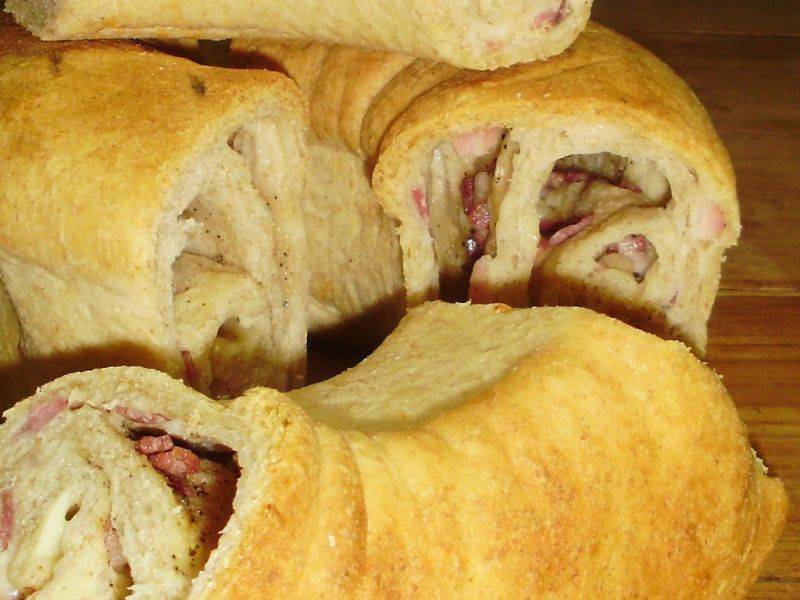

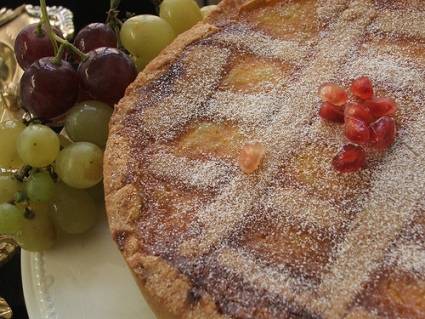
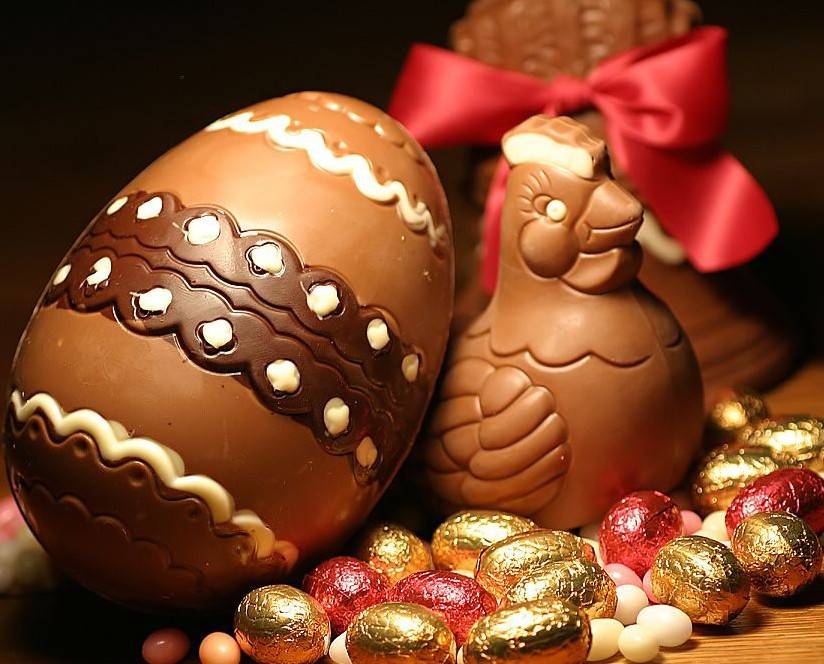
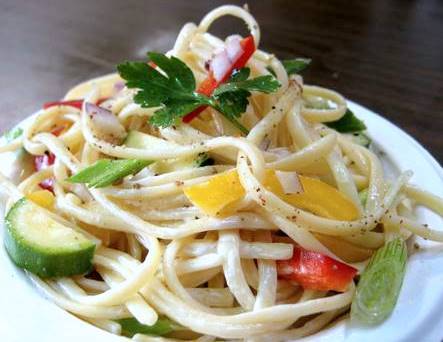



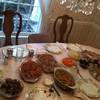

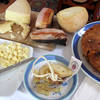
i-Italy
Facebook
Google+
This work may not be reproduced, in whole or in part, without prior written permission.
Questo lavoro non può essere riprodotto, in tutto o in parte, senza permesso scritto.